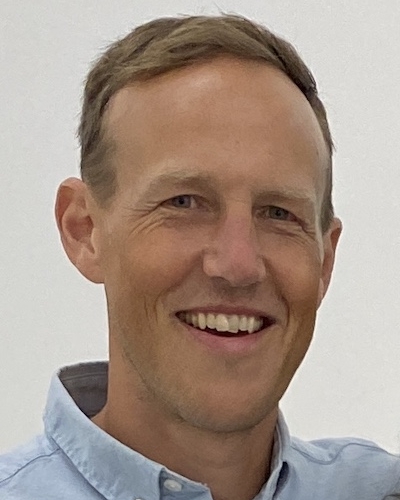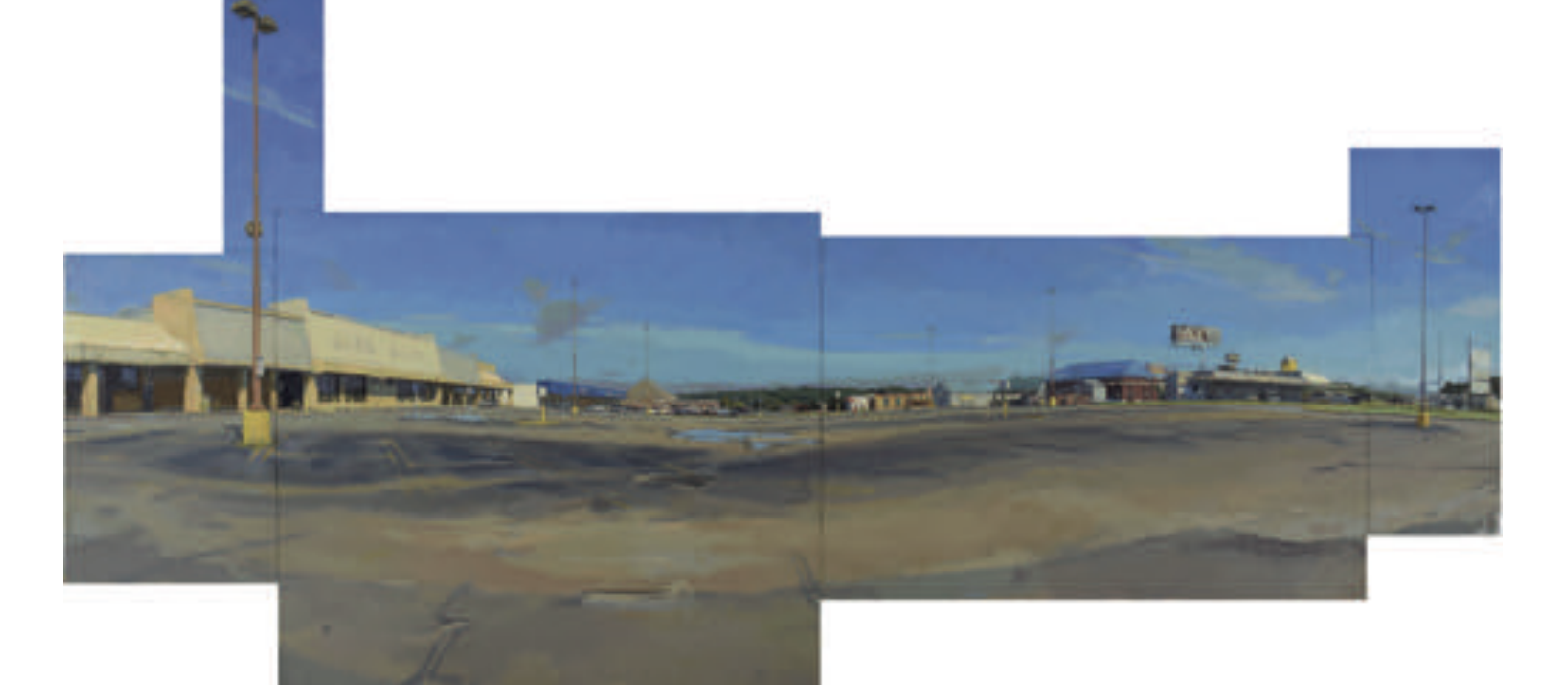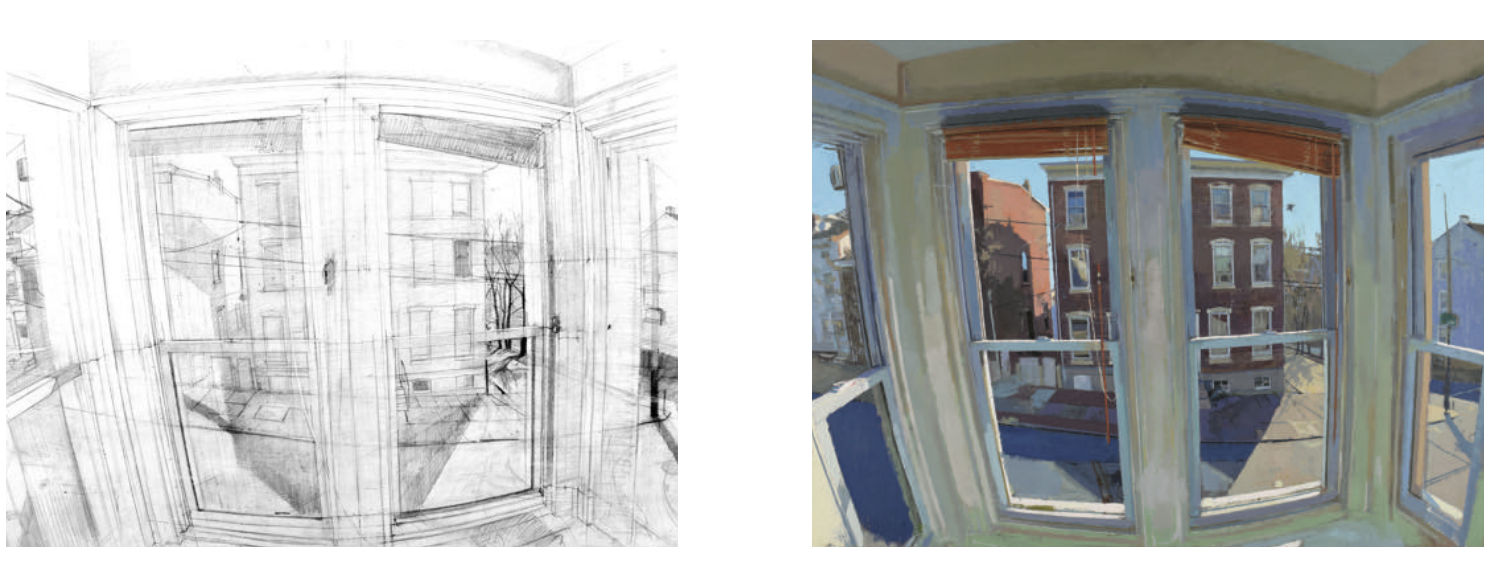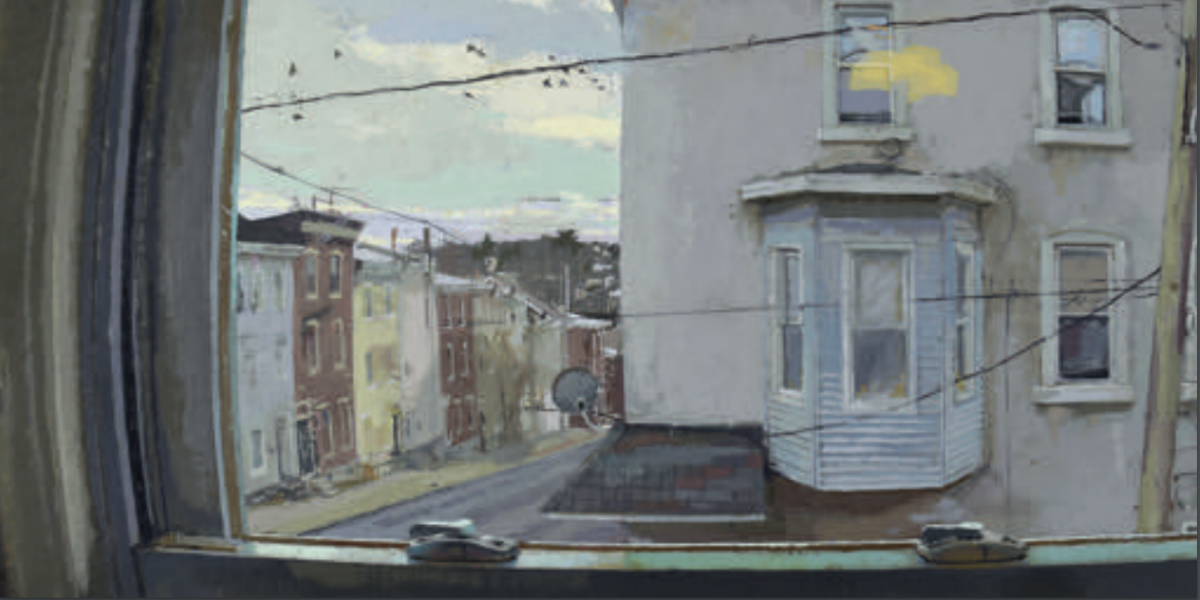Painter Peter Van Dyck visting the College Oct. 25 for Artist Talk
. . .
Tuesday, October 15th, 2024

Peter Van Dyck says he never really feels like he’s finished with a piece — but his luminous work nevertheless captures still moments of time in which you can feel the light and the space that surrounded him while painting.
Van Dyck, who visits campus Friday, Oct. 25 as a guest of the Fine Art Department, says he approaches all his subjects the same way, whether they be landscape, still-life, or interior. And they often capture the interplay and blend any dividing line between “here” and “over there”, between interior and exterior, or the way objects relate to one another.
Van Dyck’s Artist Talk will be delivered at 12:45 pm Oct. 25 in The LookOut, and the entire campus community is welcome to attend. Read on to learn more about his work practices, his history, and what he’s working on now.
You studied three years at the Florence Academy of Art… what pulled you to study in Italy?
Peter Van Dyck: I ended up in Italy because I wanted to study specifically at the Florence Academy. At the time it was one of a very few number of classical ateliers in existence. A friend of mine who was studying at the Pennsylvania Academy of the Fine Arts found the brochure school in the library and I was so impressed by the work that I told myself I absolutely had to study there. I wasn’t looking to study in Italy, it just happened to be where the school was.
When you were the age of PCA&D students, what drew you to the creative life?
PVD: I was fairly aimless throughout high school but I had a strong desire to be good at something and at that time I happened to be interested in painting so painting became the thing that I committed to. That being said, I have always enjoyed making things despite not having any particular talent for it. I also don’t work well with other people on account of my being a very self-absorbed person, so painting worked well for me in that respect. I’m pretty sure that I would have been a solo carpenter or mechanic if I weren’t a painter.

“Winn-Dixie Parking-lot, Enterprise” 2014-2016, courtesy of the artist.
For you, is there a difference in how you tackle working en plein air and how you work in the studio?
PVD: I approach all the subjects that I paint in the same way whether it’s landscape, still-life, or interior. For me, all painting is interpreting space, volume, and light and these elements don’t distinguish between the various subjects. I see the whole world as continuous and the boundaries of the genres of painting are arbitrary and malleable in my mind.
Your paintings highlighted in this catalogue have a very specific feel of capturing a specific moment: How, in that case, do you know when you’re “done” with a work?
PVD: I really never feel like I’m done with a painting but I try to paint in a way that makes the painting have a sense of light and space the entire time even if the resolution of the parts of the painting is very minimal. In that sense, it could be finished at any time. I suppose they are both always finished and never finished.
Many of your paintings in that collection seem to capture a scene of transition, whether it’s inside/outdoors or room to room. What draws you to those scenes?
PVD: I think it’s appealing to me because it’s analogous to the way I feel being in the space of my mind (the inside) and looking from that space to the space of the external world (the outside).
Much of your work shows the impact of people – dishes on the counter, or clothes, or a yard that’s obviously lived in — but not the people themselves. How did that decision come about?
PVD: I’m not sure that it was ever a conscious decision but I’ve always been moved by the implication of life that exist in the spaces we live in and the mysterious sense of life that inanimate things seem to take on. I think to paint the actual life (the people) is too obvious or literal for me.

“Bay Window Goggles” preparatory drawing and final piece, courtesy of the artist.
What appeals to you about the mediums you choose to work in?
PVD: I mostly work in oil paint because I just like the feel of the material and the variety of ways that it can be used. Also, all of my favorite paintings are oil paintings.
What three art tools could you not work without?
PVD: Of course there are the really obvious ones like brushes, a palette knife etc. Other than that, I have a device that I made for measuring the relative scale of forms in the visual field and I’ve become incredibly reliant on that. I also am not sure I could work without a straight edge.
What are you working on right now?
PVD: Right now I’m working on a bunch of different things. I’ve been painting around the facilities of the Pennsylvania Academy of the Fine Arts where I teach. The historic landmark building there was designed by famed Philadelphia architect Frank Furness and it’s a crazy building. I have a few paintings of that going on. I’m also always working on interiors of my house and studio so there are a few of them as well.
Top photo: Efrem’s Bay Window and a View Down Ripka Street 2018-2020, courtesy of the artist.




